April 5, 2023
Augmented reality and virtual reality technologies increasingly incorporated into several treatment domains
On Dec. 7, 2022, the Food and Drug Administration released a memo containing a list of cleared augmented reality and virtual reality (AR/VR) medical devices currently being marketed in the U.S. The list includes 39 entries covering 35 devices from 28 unique companies. All marketed devices received clearance via a Traditional 510(k) except two that were granted De Novo decisions.
The first AR/VR medical device was cleared in 2015, and more than half of the list has been cleared since the start of 2021. This is mainly driven by decades of effort in the consumer electronics industry to research and develop the main building blocks of AR/VR hardware, such as high-resolution displays, light projectors, eye-tracking systems, depth-sensing hardware, and optical waveguides, to name a few.
The consumer electronics industry has released limited numbers of devices to developers and early adopters, and as a result, various hazard profiles of AR/VR systems (both physiological and behavioral) have become better understood. The maturity of AR/VR performance and emerging data on associated risks has stimulated adoption of AR/VR solutions in the medical device industry.
As the technology has evolved and become more accessible, exciting applications are emerging in the healthcare industry that include a range of new opportunities for patient care, such as remote patient care, telehealth, and telemedicine. AR/VR also has the potential to increase the efficiency of medical training, education, and research.
The FDA database is a first-of-its-kind public resource for medical device companies interested in incorporating AR/VR functionality into their products. The announcement provides insight into where FDA sees early impact of AR/VR devices. Based on our analysis of the current list, AR/VR devices are already being used to treat patients in several domains, including:
- Pre-operative surgical planning (e.g., total joint replacement procedures)
- Surgical simulations and other medical training
- Advanced diagnostics
- Telemedicine, telehealth, and virtual care
- Treatment for neurological disorders, including concussions
- Physical rehabilitation and pain management
- Vision correction
More than 60% of the cleared AR/VR devices are indicated for either pre-operative surgical planning or surgical simulations, while the remaining 40% of devices are distributed among the other healthcare domains.
What Can We Help You Solve?
Exponent has deep expertise and broad experience in the development and commercialization of medical devices, wearables, and consumer electronics. Our expertise covers areas germane to AR/VR devices, including batteries, biomedical engineering, cybersecurity, human factors, material science, chemical compatibility, machine learning/data analytics, optical metrology, laser and LED safety, systems and controls, and technology development.

Regulatory Compliance for Medical Products
Experienced regulatory support for medical devices, pharmaceuticals, and combination products.
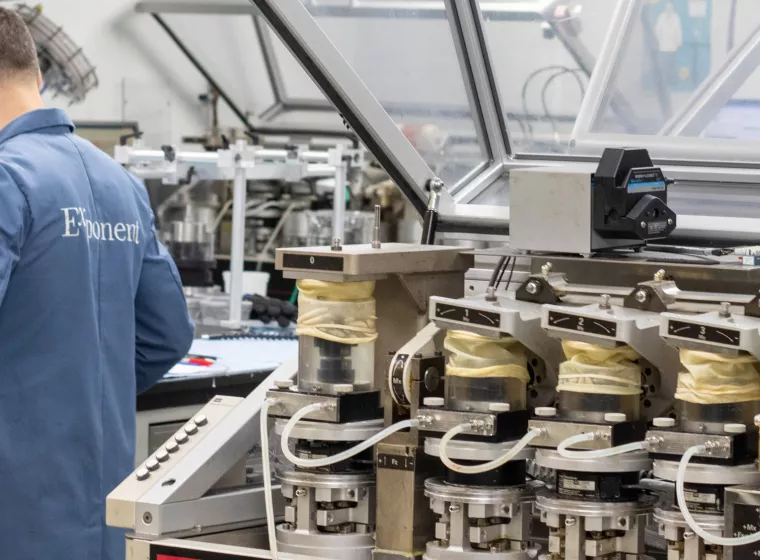
Medical Technology Assessment Program
Rapid, expert assessments of medical devices and technologies, surgical implants, and wearable medical technologies.
![Medical Devices, Implants & Surgical Tools [MCE]](/sites/default/files/styles/cards_home_card/public/media/images/GettyImages-1182458826.jpg.webp?itok=z7lVBn-v)
Medical Devices
Design verification, usability studies, electrical medical equipment configuration, and laboratory testing.
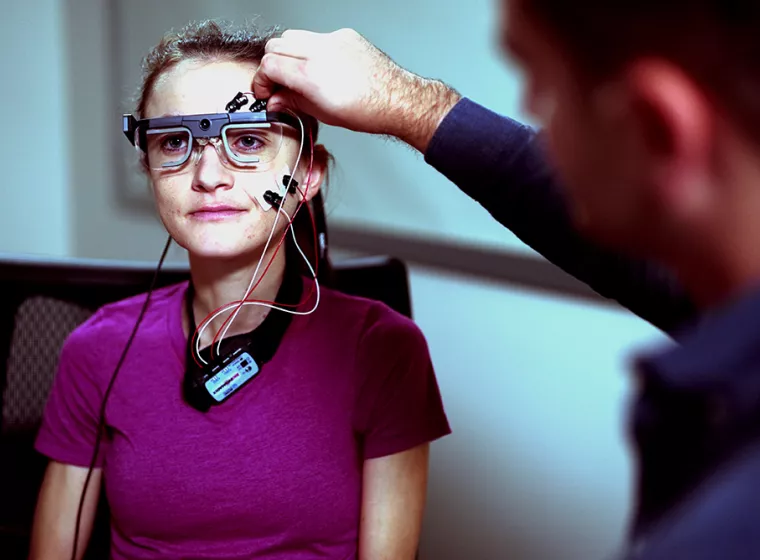
Biosensor Integration & Biosignal Processing for UX Research
Leverage valuable psychophysiological and biosignal user data to enhance product design.
![User Research & Testing [HF]](/sites/default/files/styles/cards_home_card/public/media/images/GettyImages-1338374024.jpg.webp?itok=bBXBoCIg)
Human Factors & Usability for Medical Devices
Extensive human factors evaluations for medical device manufacturers in developing and navigating regulatory roadmaps.
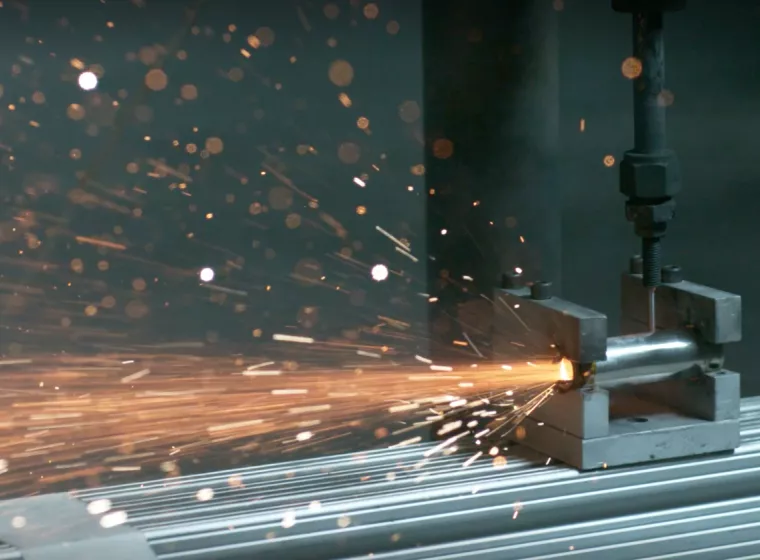
Battery Failure Analysis & Investigation
Comprehensive battery failure analysis to determine the root causes of failures and identify opportunities for mitigation.
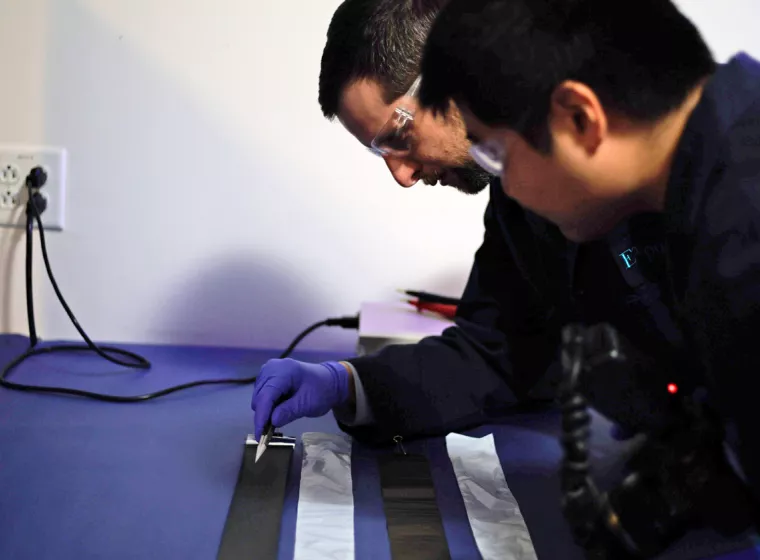
Battery Vendor Evaluation Services
Independent, objective analyses that empower innovative, reliable battery product journeys.
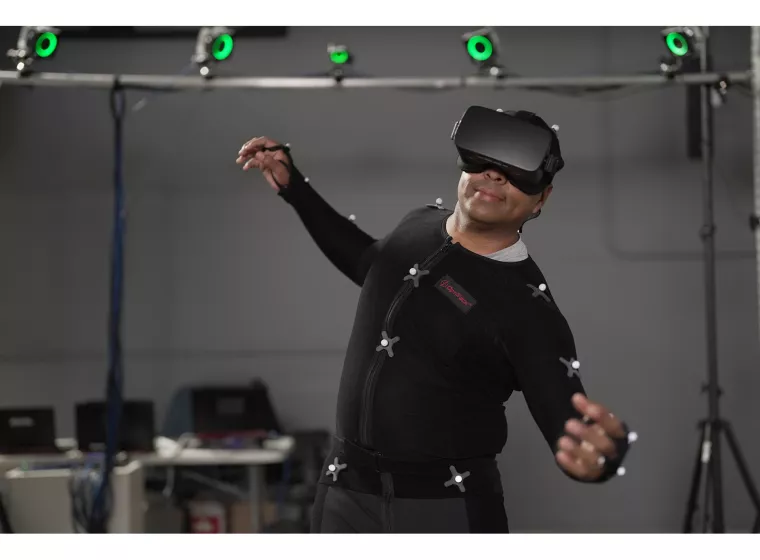
Biomechanical Expertise for Virtual & Augmented Reality
Pinpoint design, manufacturing, and performance challenges for virtual and augmented reality product development.



